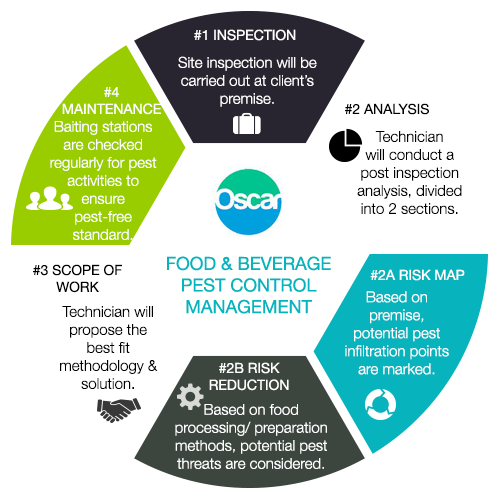Tips For Homeowners To Maintain Rodents Out Of Their Attic Rooms
Tips For Homeowners To Maintain Rodents Out Of Their Attic Rooms
Blog Article
Material Created By-Austin Blankenship
Picture your attic as a comfortable Airbnb for rats, with insulation as fluffy as hotel cushions and electrical wiring more attracting than room service. Currently, envision these unwanted visitors throwing a wild celebration in your house while you're away. As a property owner, guaranteeing your attic room is rodent-proof is not nearly assurance; it has to do with shielding your property and enjoyed ones. So, what simple actions can you require to secure your refuge from these fuzzy trespassers?
Inspect for Entrance Details
To begin rodent-proofing your attic room, inspect for entrance points. Start by thoroughly analyzing the outside of your home, looking for any type of openings that rats could make use of to get to your attic room. Look for gaps around energy lines, vents, and pipes, in addition to any kind of cracks or openings in the foundation or house siding. Make certain to pay attention to areas where various building materials satisfy, as these prevail entrance points for rodents.
Additionally, check the roof for any kind of damaged or missing out on roof shingles, as well as any type of spaces around the edges where rodents might squeeze via. Inside the attic, seek indicators of existing rodent task such as droppings, chewed cables, or nesting materials. Utilize a flashlight to completely inspect dark edges and concealed spaces.
Seal Cracks and Gaps
Evaluate your attic room extensively for any type of cracks and spaces that need to be secured to stop rodents from getting in. Rodents can press through even the smallest openings, so it's vital to secure any type of prospective access points. Examine around pipes, vents, cables, and where the walls meet the roofing system. Utilize a combination of steel woollen and caulking to seal off these openings efficiently. Steel wool is an outstanding deterrent as rats can't eat through it. Ensure that all spaces are securely secured to reject access to unwanted insects.
Don't neglect the importance of securing voids around windows and doors also. Use weather stripping or door sweeps to secure these areas properly. Examine best termite protection where utility lines get in the attic room and seal them off making use of an appropriate sealer. By making the effort to secure all cracks and voids in your attic room, you create an obstacle that rats will discover challenging to violation. best home termite treatment is key in rodent-proofing your attic, so be extensive in your efforts to seal any potential entry factors.
Remove Food Sources
Take proactive actions to remove or store all potential food resources in your attic to prevent rodents from infesting the room. Rodents are drawn in to food, so eliminating their food sources is vital in maintaining them out of your attic.
Below's what you can do:
1. ** Store food securely **: Avoid leaving any type of food products in the attic room. see post in impermeable containers constructed from steel or sturdy plastic to avoid rodents from accessing them.
2. ** Clean up debris **: Remove any type of heaps of debris, such as old papers, cardboard boxes, or wood scraps, that rodents could use as nesting product or food sources. Keep the attic room clutter-free to make it less attractive to rats.
3. ** Dispose of trash properly **: If you use your attic for storage space and have rubbish or waste up there, make certain to get rid of it consistently and properly. Rotting trash bin attract rodents, so keep the attic clean and free of any natural waste.
Conclusion
In conclusion, keep in mind that an ounce of avoidance is worth a pound of remedy when it comes to rodent-proofing your attic.
By putting in the time to check for access factors, seal cracks and gaps, and remove food sources, you can keep undesirable insects at bay.
Bear in mind, 'An ounce of prevention is worth an extra pound of remedy' - Benjamin Franklin.
Keep proactive and protect your home from rodent invasions.
